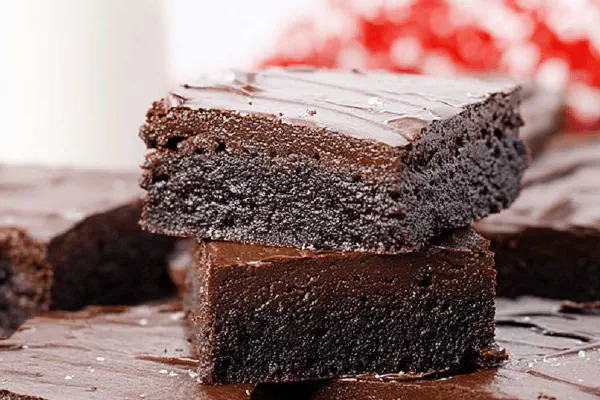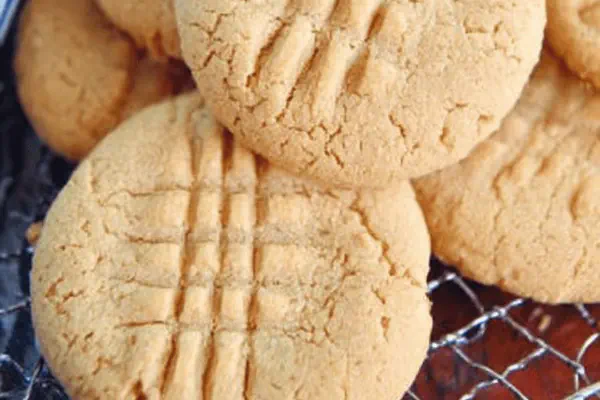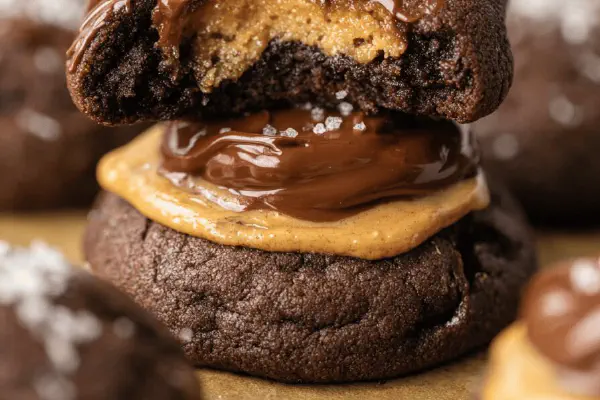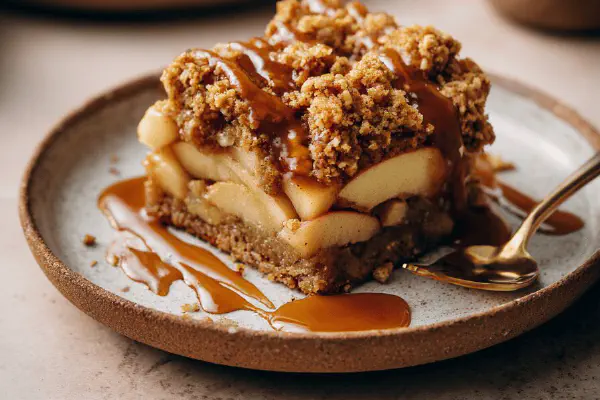Sugar Crunch Cookies
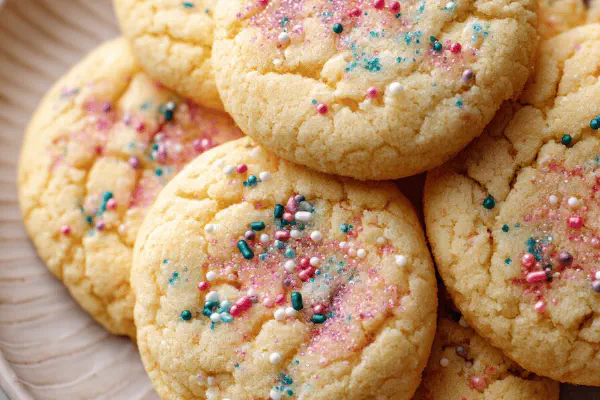
By Emma
Certified Culinary Professional
Ingredients
- 320 g (2 1/4 cups) unbleached all-purpose flour
- 3 ml (1/2 tsp) baking powder
- 1 ml (1/4 tsp) salt
- 170 g (3/4 cup) unsalted butter softened
- 250 g (1 1/4 cups) granulated sugar
- 5 ml (1 tsp) vanilla extract
- 1 large egg
- colored sugar crystals optional for topping
About the ingredients
Method
- 1. Center rack in oven. Preheat to 180°C (350°F). Line two cookie sheets with parchment or silicone mats.
- 2. Whisk flour, baking powder, and salt in bowl. Set aside.
- 3. Beat butter and sugar with electric mixer till creamy, scraping bowl sides. Stir in vanilla. Add egg, beat till uniform but don’t overmix—airiness helps texture.
- 4. Fold dry ingredients gently into butter mix using wooden spoon or low mixer speed to keep delicate crumb.
- 5. Scoop spoonfuls (~30 ml/2 tbsp) of dough, roll into balls. Space ten per sheet for spreading room. Flatten balls lightly with fork; it leaves characteristic striations and breaks fat layer for crispy edges. Sprinkle colored sugar if you want sparkle and crunch.
- 6. Bake one tray at a time. Between 11 and 15 minutes depending on your oven and sheet thickness. Watch for edges going golden, base firm but not browned. Centers will feel soft to touch but not doughy. Smell sweet vanilla and caramelizing butter as sign.
- 7. Cool on rack fully. Soft when hot, firm up and crisp from cooling. Store airtight up to two weeks or freeze for longer storage.
Cooking tips
Chef's notes
- 💡 Beat butter and sugar long enough to trap air but watch for overmixing after adding egg. Airiness gives texture but overwork kills it. Folding dry ingredients gently with wooden spoon or low mixer speed prevents tough cookies. Dough consistency shifts fast; scrape bowl sides often. Use room temperature eggs except dry stuff which stays colder. Quick chill optional; skipping saves time but may cause wider spread. Fork pattern on balls not just looks—helps edges crisp. Colored sugar? Adds crunch and sparkle but can burn if heavy handed.
- 💡 Oven temp vary lots. 180°C works but watch edges carefully between 11-15 mins. Smell sweet vanilla and a hint caramelizing butter near done. Centers stay soft touch, not raw, and bottoms firm but not browned too dark. Bake one tray at a time to keep temp steady. Crowding leads to uneven bake and soggy middles. Use parchment or silicone mats to prevent burning bottoms. Visual and feel cues beat timer every time; ovens often lie or run hot or cold.
- 💡 Ingredient swaps handy. Margarine or vegan butter OK for lactose issues, texture changes slight but edible. Brown sugar instead of white? Adds chew and molasses warmth, shifts color. Salt small amount key to balance. Baking powder replaces baking soda here—no bitter tang but relies on gentle rise. Eggs hold dough and help lift but flax egg works for vegan option; expect denser crumb. Measuring flour by spoon, level, avoid packing. Don’t rush screwing up flour ratio messes cookie shape and crumb immediately.
- 💡 Storing cookies—airtight container best. Keep layers separated to avoid crushing, parchment sheets between layers saves hassle. Cookies firm up and crisp as cool. Freeze if long wait ahead but space out dough balls on tray single layer first so no sticking. Freeze cooked cookies too; reheat in low oven for crisp. Leftovers soften if left out too long or eat fast. Soft in mouth means not overbaked but don’t store open or get stale fast.
- 💡 Mix dry ingredients separately for even rising. Baking powder distributes best that way—avoids gritty pockets, lumps. Beat butter and sugar then add vanilla only after creaming, else loses aroma punch. Egg folded in slowly emulsifies better. Dough can look rough after folding dry; no problem. Scoop uniform size dough balls for even baking. Flatten lightly with fork; too flat makes brittle, too thick stays doughy inside. Keep consistency, spacing key for spread control.
Common questions
Why baking powder not soda?
Baking powder gives gentler rise, no odd bitter aftertaste like baking soda sometimes. Soda reacts fast, needs acid in mix to work right. Powder’s simpler for this dough. Tried both—powder wins for uniform crumb, no off-flavors.
Can I skip colored sugar topping?
Sure, no baking trick there. Colored sugar adds crunch and eye candy but no texture or flavor change crucial. Sometimes skip it all. If using, sprinkle just before baking or sugar melts down and sticks.
My cookies spread too thin. Fix?
Chill dough first if you can. Butter temp too soft? Too much sugar? Folding hard messes gluten so affects spread. Smaller scoop size helps. Oven temp too low or trays overcrowded also lead to soggy, thin cookies.
How store leftovers best?
Airtight container — dry, or fridge fine. Freeze dough balls spaced on trays; freeze baked cookies wrapped or parchment separated layers. Thaw layered dough or cookies separately—no mush. Quick reheat gives crisp edges back. No fridge risk drying fast.
